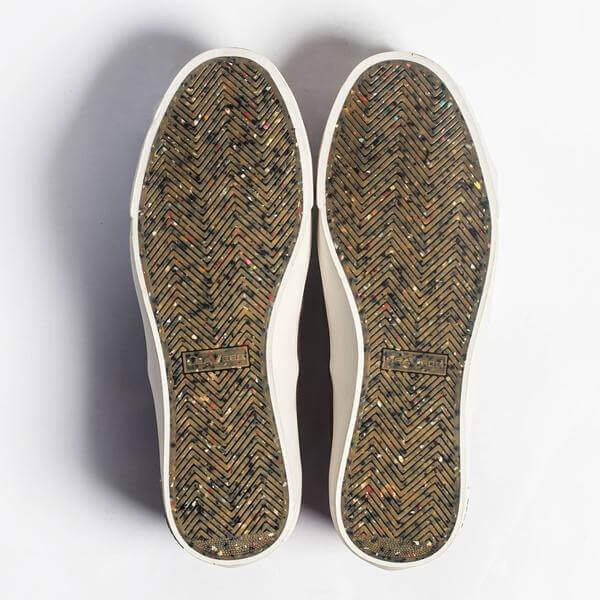![]()
Over the years, we’ve cooked up some memorable styles with the team at SeaVees.
Source: Taylor Stitch x SeaVees
This morning I left a comment on LinkedIn about sneaker culture. I know that the world of sneakers has been shaped considerably by Hip-Hop and Black culture, but I also realize the shape of everything shifts over time. When products and consumers are involved culture becomes more mainstream. It no longer carries the emotional connection to the footwear being created. The culture gets commoditized and it leads to frustration by purists and capitalization by those looking to get paid.

I wrote this in response to a statement about where sneaker culture is headed:
The brands, retailers and influencers are all caught in a circle built on the convenience of sameness. That has created fissures for small, honest, transparent companies to exist. Nike, adidas and the billion dollar brands will begin to break because of a more conscious consumer looking for a ‘why’. The commoditization of culture will always exist, but brands preying on the laziness of the consumer will continue to build foundations with fissures. The growth in those cracks is a slow expansion that will topple the monuments.

Taylor Stitch is a brand I began buying a few years ago as I began to learn about the problems with manufacturing the clothes we wear, and I learned that there are options for better more responsibly made apparel. I don’t want to bore you with the details so I’m dropping this link so you can read about the way they produce their products: Responsibility – Classic Men’s Clothing | Taylor Stitch…
I’ve written all of this without even addressing the pictures of sneakers you see here. I’ve also failed to talk about building your platform. Taylor Stitch utilized a crowdfunding format to launch new product. If you’ve ever participated in a Kickstarter, or Indiegogo styled campaign, then you know what crowdfunding is. I typically discuss that brands who get their start on Kickstarter are at a disadvantage, because they haven’t taken the time to build their audience on their own channels. Most brands return to Kickstarter every time they want to build something new. After a few successful campaigns, backers on the platform begin to lose interest because those backers are not the brand’s consumers/fans. Those backers like helping small business.
Taylor Stitch has created their own internal crowd funding strategy. Their site garners over 300,000 unique visits per month. 53% of their traffic is direct. This means monthly 150,000 visits go to the site. Using my 10% rule, they are almost guaranteed to get engagement at 150 of those visitors and when you combined their other forms of traffic, 300 visitors a month are in their sale funnel. When these visitors arrive they back products and this current investment includes SeaVees shoes which are both sustainably sourced and made to order, reducing the need to warehouse product possibly.
It’s a model brands and retailers should aspire towards and definitely something to be discussed on a larger scale. Use the links to read more and to order a pair of the new collection from TS and SeaVees.

